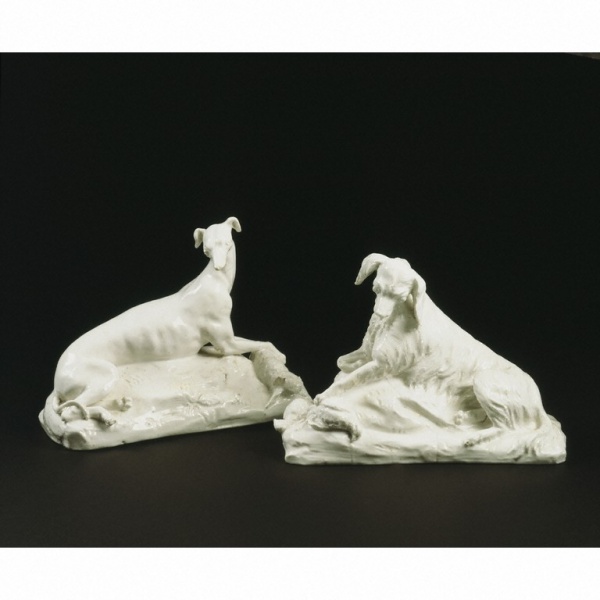Facts About Chelsea porcelain factory
Chelsea porcelain, crafted at the Chelsea porcelain manufactory, stands as England's first significant porcelain factory. Established around 1743-1745, it operated until 1770 when it merged with Derby porcelain. This factory was renowned for its soft-paste porcelain, catering to the luxury market. Chelsea porcelain gained fame for its intricate figurines, particularly the petite "Chelsea Toys" that were highly popular in the 1750s and 1760s. Around 1760, the factory's inspiration shifted from Meissen to Sèvres porcelain.
The factory's history is generally divided into four main periods, identifiable by the marks on the pieces: the Triangle period (1743-1749), the Raised anchor period (1749-1752), the Red anchor period (1752-1756), and the Gold anchor period (1756-1769). Each period introduced changes in materials, styles, and influences. Notably, during the Gold anchor period, the factory produced items with rich colored backgrounds, lavish gilding, and the elaborate Rococo style, influenced by Sèvres.
Nicholas Sprimont, a Huguenot silversmith, was the prominent figurehead of the factory. Other noteworthy contributors included Charles Gouyn, an early investor, and Joseph Willems, a Flemish sculptor credited with modeling many of the figures. The factory's products were sold by "chinamen" dealers in Central London, and over the years, Chelsea porcelain has been cherished by collectors.
Today, Chelsea porcelain is highly coveted by collectors, with early pieces fetching impressive prices at auctions. The factory's marks, such as the anchor symbols, are crucial for identifying and dating Chelsea porcelain items. Even after merging with Derby porcelain, the legacy of Chelsea continued, with the Chelsea-Derby period extending until 1784.

 Ireland
Ireland